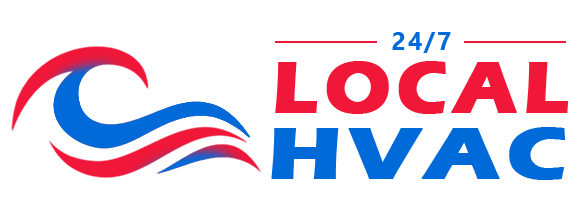The Beginner’s Guide to Commercial HVAC Systems
Owners, facility manager and even the tenants of commercial buildings have a slew of responsibilities. Apart from managing staff and serving customers, they have an obligation to the actual structure and all its components – they need to make sure it stays in good shape. Failure to maintain and identify commercial HVAC system issues can lead to loss of income, and loss of clientele in some cases.
Let’s face it, commercial HVAC is complicated stuff. If you thought residential HVAC systems were a head scratcher, you’re in for a not-so-pleasant surprise. That’s exactly why we came up with this wonderful commercial HVAC guide. Our hope is that it gives you the necessary information you need to stay on top of all things HVAC in your building so you can keep your commercial HVAC utility costs, and repair costs low.
If you’re a business owner or facility manager in Maryland and you’re looking for commercial HVAC help, look no further than SuperTech HVAC for all your needs. Our qualified technicians have years of commercial HVAC
experience. Whether you need extensive repairing and replacing, or simply have questions, we promise a minimally disruptive, charmingly educational experience.
Let’s get started.
What is Commercial HVAC?

A commercial HVAC (heating, ventilation and air conditioning) System has the same objective as a residential HVAC system - to keep the building occupants cozy with high quality air in a 72-degree environment, the humidity ranging from 40 to 60 percent.
The heating of air is often achieved through burning fuel (gas, oil, electricity). Cooling the air is the opposite (naturally), with a process that extracts hot indoor air and cools it through refrigerant or water-cooled systems, eliminating the extra humidity at the same time.
Ventilation systems use fans to introduce the necessary outside air, pass both the outdoor and re-used indoor air through filtration, and expel the building’s contaminated air. This keeps the CO2 at under 1000 molecules per million.
An effective ventilation system reduces odors, dilutes gases (like carbon dioxide) and prevents respiratory diseases from spreading.Without it, unwanted particles would render the air stale and increase mold and mildew growth.
But how does your commercial HVAC system do all that? Let’s find out.
How Does a Commercial HVAC System Work?
Controlling the climate in a commercial building requires three things: warm or cool air, a distribution method, and controls. The building’s cool air flows through the same ducts the heated air does and is regulated by the same thermostat. But the source will differ.
Warm or Cool air
Most of the time, when the heating is activated in commercial HVAC, the burners create combustion gas that is transferred to a heat exchanger, which warms the air that is passed through. Sometimes heat pumps transfer outdoor heat indoors. Air conditioners work the same way as heat pumps, but in reverse, transferring indoor heat outdoors.
Some commercial buildings use a boiler system to heat water and hot water is carried through pipes installed in the walls, floors or ceilings. You might not notice that the structure itself is warming, but you’ll feel the air being warmed.
Distribution
Check it out – mechanical systems circulate a building’s air through ventilation, and the principle that warm air rises and cool air falls, helps. There’s a constant induction and removal of air, which has been thermally altered in some cases.
Controls
To control all of this, commercial buildings can have simple, programmable thermostats that send various heating or cooling queues throughout the day, like in residential HVAC systems.
Commercial HVAC systems can also have direct digital controls (DDC), which are more complex. Commercial buildings benefit from more advanced controls for better energy efficiency and reliability. A central computer utilizes sensors to monitor and automate temperature schedules and even lighting operations.

Commercial HVAC Direct Digital Control Thermostat (DDC)
Staff can manually respond to and adjust settings from a main workstation, offering its users the ability to get performance updates, troubleshoot, and carry out maintenance. Due to its sophistication and flexibility, the DDC is the more expensive option.
Both simple controls and DDC give users the ability to implement temperature setbacks to save on energy, anywhere from 5% to as much as 20%. Temperature setbacks are periods programmed into the thermostat when no heating or cooling is needed, like after a workday is over and the building is empty.
Right on! Now you know how an HVAC system operates.
But there are different types.
Types of HVAC Systems for Commercial Buildings
There are three main configurations for the HVAC system in a commercial building, but endless ways in which they can be utilized.
I’ll explain.
Packaged systems

Packaged systems are all-in-one units, consisting of the compressor, condenser, evaporator, and fan coil. The thermostat is integrated. Packaged HVAC units are great for buildings that don’t have the room for bigger ones.
Packaged terminal air conditioners are often window mounted in hotels, hospitals, condominiums, and senior homes – buildings that require its residents to be able to control their room’s temperature and air quality.
Packaged terminal heat pumps could heat and cool, by transferring heat from outside to inside in the winter or vice versa in the summer.
Split systems

Split Systems are often connected to a building’s ductwork, like in a residential unit. Because they are ideal for residential buildings, they also work great for smaller commercial buildings, like small offices, restaurants, or small stores. Each area can be controlled via thermostat or through DDC.
The downside? For each space you want thermally controlled, you might need a separate set of HVAC unit. This clutters the rooftop or space around the building. Zoning CAN be added to control different space, but it’s expensive.
If you wanted to heat and cool the different areas of a medium to large commercial building at the same time, you could go with a variable refrigerant flow system (VRF). VRF systems are relatively new to the US and thus uncommon. They utilize heat pumps or heat recovery systems and take heated air from one area to cool it and dump it to another that needs heating. We’ll touch more on this technology later.
So where does this outdoor unit go?

A RTU, or rooftop unit, refers to a package unit located on the roof. Because of their location on flat roofs (no more than 10 floors up), weather resistant housings protect the major components of the rooftop HVAC units. These compact, all in one HVAC units contain the compressor, condenser and an evaporator and blower.
Coming fully assembled from the factory, a rooftop unit is a type of air handler - it alters the air and circulates it through duct systems. Some RTU’s only heat, others only cool, and others do both.
Inside the RTU’s rectangular casing,you’ll find an air hood that brings the outside air in to get conditioned. The air passes through dampers - rotating metal sheets that regulate air flow and push it through the filter, then to the coils which heat or cool the air. The fan that has been sucking the air begins to blow it into the duct system which carries it to the designated area.
Typically, an RTU will use a mixture of outdoor and indoor air to keep the CO2 at safe levels and avoid overworking the unit during very hot or cold days to save on energy.
Pros
- Simple, adaptable
- Fully assembled, all-in-one HVAC units
- Zoned HVAC for better results (each RTU takes care of one area in the building)
- Affordable
- Easy to install
- Quiet
- Saves floor space
- Location more secure
- New models more efficient
Cons
- Not as long-lasting
- Takes up a lot of space on the roof
- Older models have less energy efficiency, which spikes utility bills
Requires more maintenance
RTUs are popular, but there is another less common option for your building.
VRF Systems

VRF systems are relatively new to the US. Devised in the early 1980’s in Japan, VRF systems are very sophisticated commercial HVAC systems.
Simply put, VRF systems
are ductless. Instead, they rely on heat pumps or heat recovery systems that send refrigerant from a central outdoor unit which houses all the compressors and condensers. The rate at which the indoor units get refrigerant dictates how hot or cold each zone becomes. This allows for better temperature customizability.
The powerful yet quiet indoor equipment in a VRF system takes up very little space. This also means easy installation, as most indoor units can fit in a building’s elevator and no ductwork is needed.
VRF’s are up to 30 percent
more efficient than ducted HVAC systems. This is because the varied compressor speed provides more accurate temperature adjustments, and no more energy is lost through ductwork like in traditional systems.
Unfortunately, VRF systems do cost more and require that a backup condenser be handy in case of a malfunction.
So how is this different from your home’s HVAC system?
How Commercial HVAC Differs From Residential HVAC
Size
Commercial HVAC systems need to condition and ventilate larger structures than residential systems (unless we’re talking about Bill Gates’ house). You’d assume that its
components are larger – and you’d be correct. A residential system consists of a standalone unit, whereas a commercial system is modular; its components however, are located together for ease of installation and maintenance. The size of a residential AC unit here in US can go up to 5 ton. Modular rooftop units often come in 10, 25, and 50 ton units. The thermostats, condenser fans, compressors, evaporators, blowers, and dampers are all more powerful.
Location
In a residential house, the indoor unit such as the furnace is usually in the basement, closet or attic and the outdoor unit is outside in the backyard or on the side of the house. This is referred to as a split system. Commercial buildings, on the other hand, sometimes have their HVAC units in a utility room in the basement, or somewhere beside the building, and quite often on the roof. These are all-in-one types, or packaged systems. As mentioned earlier, the rooftop provides a good barrier for noise, has ample space, and is out of the way.
Economizers
These may just be commercial HVAC’s best kept secret. They flush out building heat by bringing in cool outside air using logic controllers and sensors. Essentially, this is free cooling. Energy output is lowered, wear and tear on your HVAC unit is lessened, and ventilation is increased. The latter is especially important for older buildings that may lack the advantages of modern HVAC setups. Unfortunately, economizers are not available in residential systems.
Zones
Unlike most residential HVAC systems, commercial HVAC systems are a multitude of packaged units with their own thermostats so diverse indoor climates may coexist in one building. This gives each area independence from the other areas for complete customization. Technicians can repair one zone at a time to minimize disruption.
Ventilation
Due to a commercial building’s larger size, ventilation is more complex. There are more windows per square footage in smaller residential buildings and having them open is an easy fix for stale air. However, fresh air intake and/or a designated mechanical ventilation system is commonly needed for commercial buildings. Moreover, commercial buildings may also include restaurants, fitness areas, laboratories, or other facilities that require strong ventilation to provide acceptable indoor air quality.
Drainage
HVAC systems extract humidity from the air during the heating or cooling process. This makes its way through piping and drips into a tray. The main difference is that commercial systems will have a bigger and more complicated network of pipes and drains.
Cost
The cost factors impacting commercial HVAC systems include brand, type of unit, building size, type of business activities, installation costs, etc.. According to Knapp Schmidt Architect, small businesses with one cooling zone can expect to pay between $3 and $4 per square foot for AC systems, while larger business can pay between $7.50 and $10.50.
Maintenance
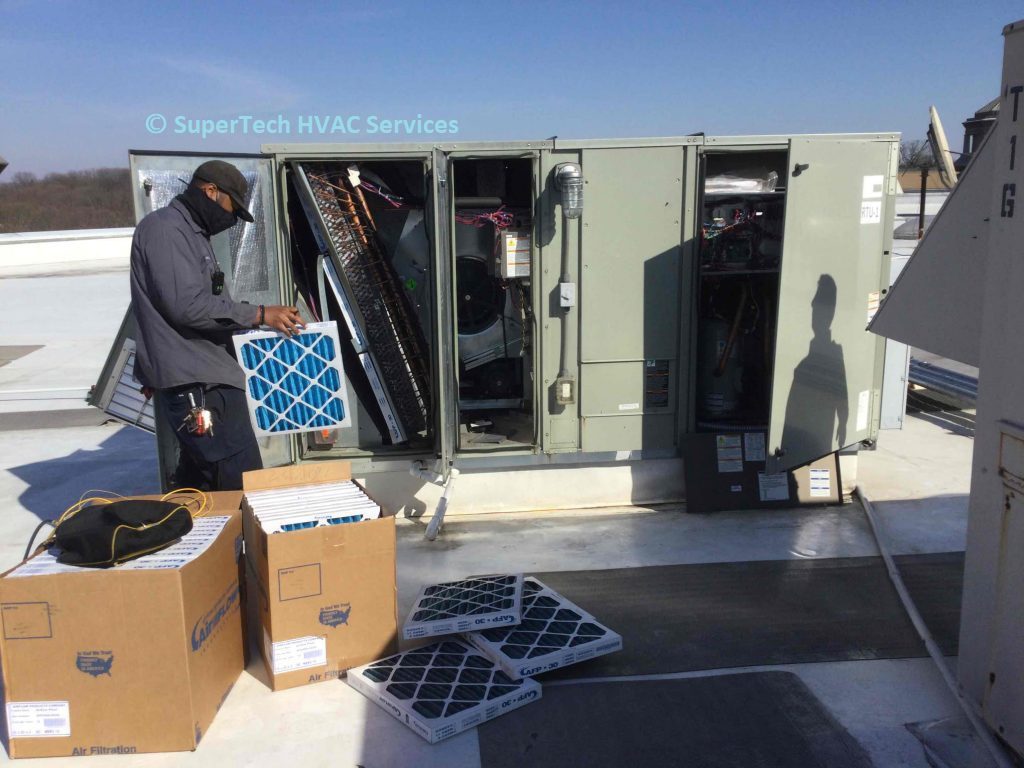
HVAC Commercial Maintenance
For the most part, commercial systems are more expensive to repair. Commercial HVAC equipment call for a different set of more expensive tools, and technicians with specialized expertise. The equipment is larger and often located in difficult to access areas. The cost of commercial HVAC maintenance is also higher, as more frequent technician visits are needed. Instead of 2 maintenance visits yearly, a full scope maintenance visit is highly recommended each quarter for many businesses, in addition to a filter change visit every month.
(Yes, we can help with that).
That’s not all. Commercial HVAC systems have their own, unique sets of problems.
Common Commercial HVAC Problems
Short Cycling
You’ll hear your compressor short cycling. Go. Stop. Go. Stop. An endless rebooting of the compressor before the cooling cycle is completed. Normally, the air conditioner or heat pump runs the compressor until the thermostat tells it to stop. There are a few possible reasons for short cycling, from a simple blocked air filter, to a thermostat on the fritz, or even low refrigerant levels due to leaks.
Leaking Refrigerant
Refrigerant leaks are the most common issues found in commercial HVAC systems. If you notice oil around your valves, service ports, or connections in your AC, or it simply isn’t blowing cool air, you may be losing refrigerant. Short cycling is a common audible queue. If refrigerant leaks are not addressed quickly they can harm your HVAC system and lead to bigger problems.

Dirty Filters
You should change your filters between 4 times a year and once a month, which is something your local HVAC technician can confirm for you. (See Filter Post)
Filters protect you from noxious particles, but they also protect the evaporator coil. A clogged filter will not allow air to flow through it, so the negative air pressure will suck air through gaps, cracks, and holes, and dirty the coil. A dirty coil cannot do its job properly - its efficiency is way down - and it works twice as hard to heat or cool the building’s air. This wear and tear takes years off its life.
Dirty Condenser Coils
You can spot this from a mile away. See, your split-system commercial HVAC unit has the evaporator coil on the inside of the building and the condenser coils on the outside. For packaged rooftop units, both coils are together in the containment, often on the roof. The condenser coils help release heat to the outside. When they are dirty - which can be an accumulation of dust, debris, grass, leaves, animal hair, and other things – the heat transfer is reduced. An EPA study showed a 21% drop in cooling efficiency as a result of as little as 0.042” of dirt on condensing coils.
Noises
Your commercial HVAC system could be making an entire symphony of noises. These should be taken as auditory indications that there are issues. Possible noises include but aren’t limited to - squeaking due to a lack of lubricant in the motor, vibration from an unbalanced fan, thudding from an encumbered fan, rattling from the blower or because of loose ducts, buzzing or hissing due to a refrigerant leak, booming from a pilot light failing to ignite the furnace, whistling from a boiler meaning there is trapped air or a blockage. It’s important to shut your commercial HVAC unit if you hear something strange and call a technician right away.
Malfunctioning Economizer
An economizer helps reduce energy consumption for cooling. If the outside air is cooler than the inside air and low in humidity, a damper opens to collect the air for circulation into the commercial HVAC system. If the economizer isn’t operating at a certain outdoor temperature, its air temperature sensors might fail or the dampers might be stuck. How common is this problem? Out of the 500 RTUs examined in a study conducted by the New Building Institute, nearly two third had malfunctioning economizers.
Clogged Drain
When the refrigerant is converted from a liquid to a gas in the evaporator coils, moisture is collected on the coil and forms condensation. The water is then supposed to flow down a drain. Without the proper maintenance, slime build up may cause the drain to clog. If this happens, you’ll smell stale or moldy air coming from the vents; your air quality will drop, and the water will damage or rust the building.
Loose Evaporator Belt
A loose belt is hard on the pulley, it reduces the fan’s speed, and will eventually freeze the coil. If your evaporator belt is loose it will not last as long. Check for noise or loss of airflow for signs that your commercial AC’s belt is loose.
Or better yet, call us.
So how do you avoid all these problems?
Commercial HVAC Maintenance
Commercial HVAC maintenance is just as important as the regular maintenance of your car or kitchen appliances. And like all maintenance, a small investment into prevention can save you a lot of money.
The biggest benefit
to commercial HVAC maintenance is elongating the lifespan of each component. Because their functions intertwine, one bad actor ruins the show. The biggest issue with malfunctioning or clogged HVAC parts, is that they put extra stress on the heating or cooling unit to perform. This is compounded with normal wear and tear and drastically reduces the life of your commercial HVAC unit by 8 to 15 years.
Consistent indoor air quality
is important. Have you ever walked into an older building and felt your breathing affected? Or your eyes water? Unwanted particles have probably invaded the air, and a simple maintenance check could have easily found the dirty coils, filters, or blower parts. Poor indoor air quality is especially bad for the retail businesses that depend on positive in-store experiences from their customers to thrive.
Reducing costs
is imperative when running a business. You certainly wouldn’t want to add high energy bills to that endless list of expenses. Preventative commercial HVAC maintenance can lower energy costs from 5 to 40 percent. Weakening parts due to poor maintenance not only shortens the lifespan of the equipment but will lead to it working harder to accomplish its purpose.
An in-depth, customized pla
n
is needed to maintain your HVAC system. Large commercial buildings have a huge complex network of HVAC equipment to properly heat, cool, and ventilate the air. This means you cannot rely on a cookie cutter HVAC maintenance program. Getting an HVAC service provider to help is crucial. They will consider things like climate, budget, type of equipment etc., to build a checklist.
How often
you perform maintenance tasks will vary. Temperate climates will let you be more lenient, and harsher ones might necessitate monthly checks. Regardless, all commercial maintenance programs should include, at the very least, 4 annual services.
Commercial building owners, managers, and superintendents have a bad habit of waiting for something to happen before they give their commercial HVAC equipment attention. Don’t be one of them. Have a check list like the one below available for yourself and your staff to avoid situations where you need to spend and lose a lot of money to halt operations and initiate HVAC repairs.
A typical HVAC checklist will include:
- General monitoring for noises or smells
- Replacing air filters
- Checking thermostat settings and operation
- Getting rid of dirt, dust, debris - especially on registers and air intakes
- Inspecting wires and other electronic equipment
- Cleaning pans and drains
- Checking piping for corrosion or leaks
- Checking seals
- Inspecting air ducts and insulation
- Comparing heating and cooling bills from the year before
- Checking and cleaning all components, inside and out
- Scheduling professional maintenance
Remember that each building is different and requires its own checklist. If necessary, perform upgrades for better efficiency.


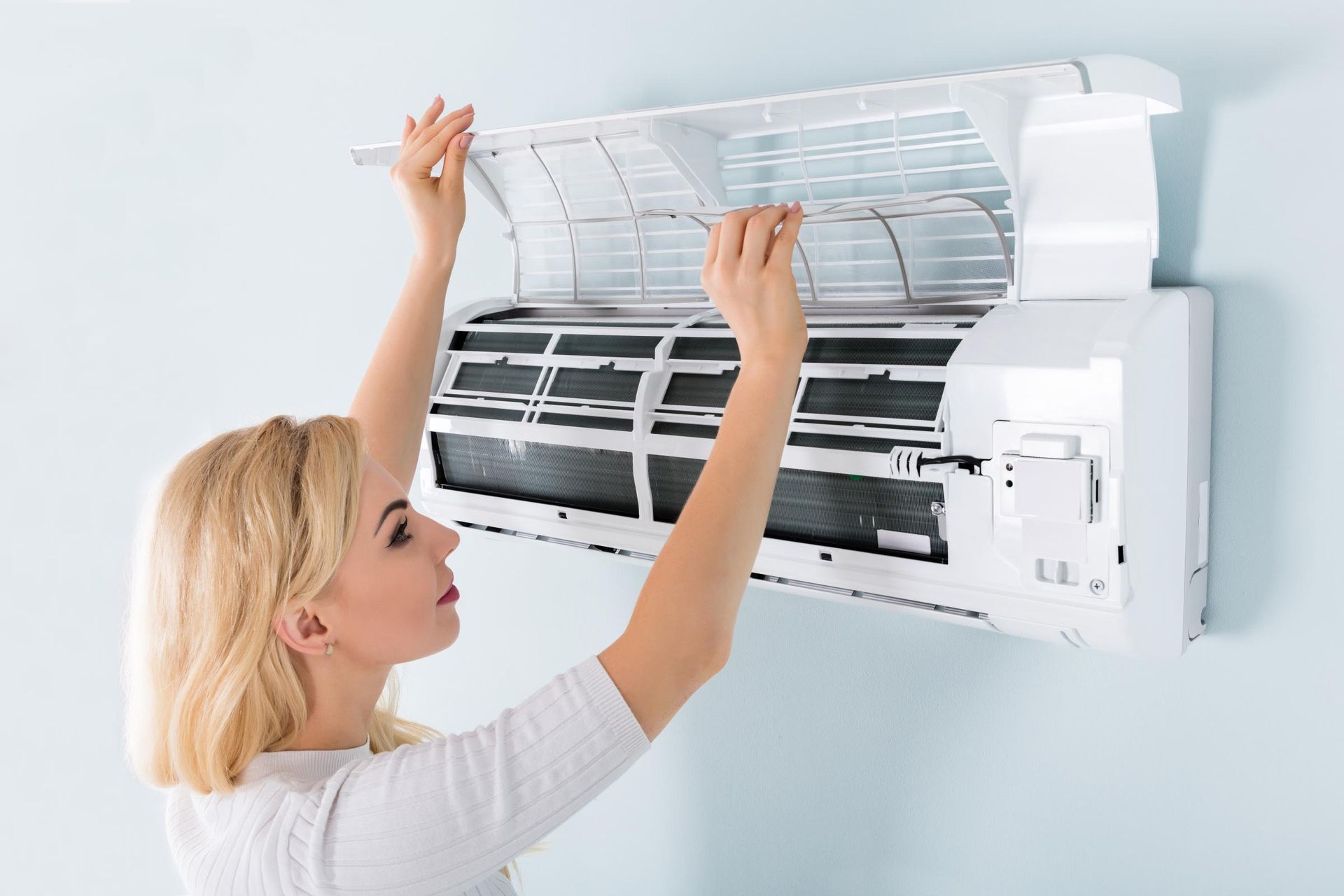
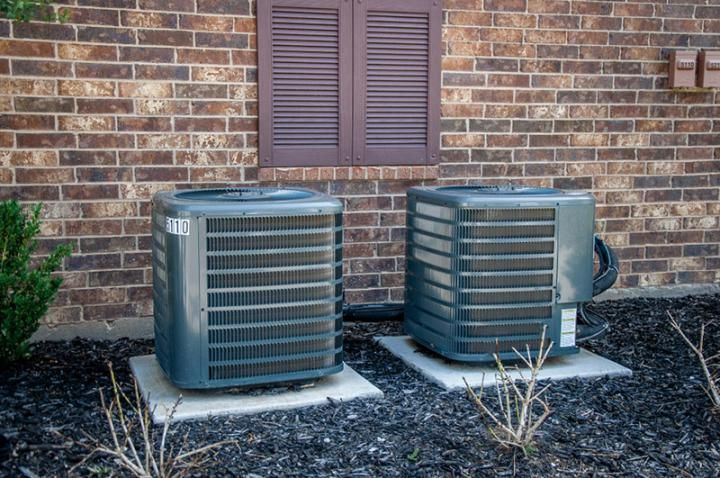

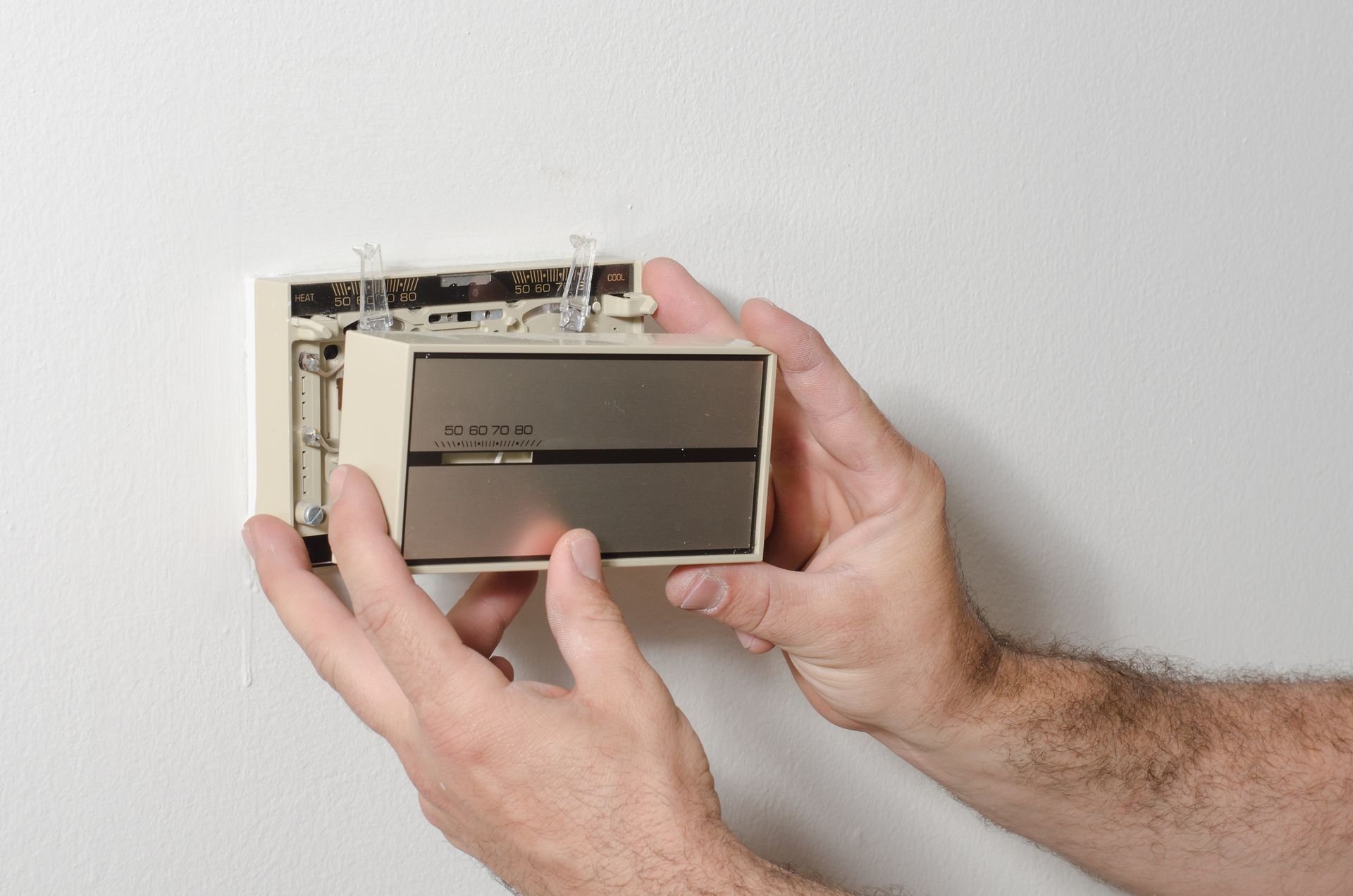

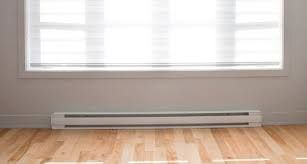
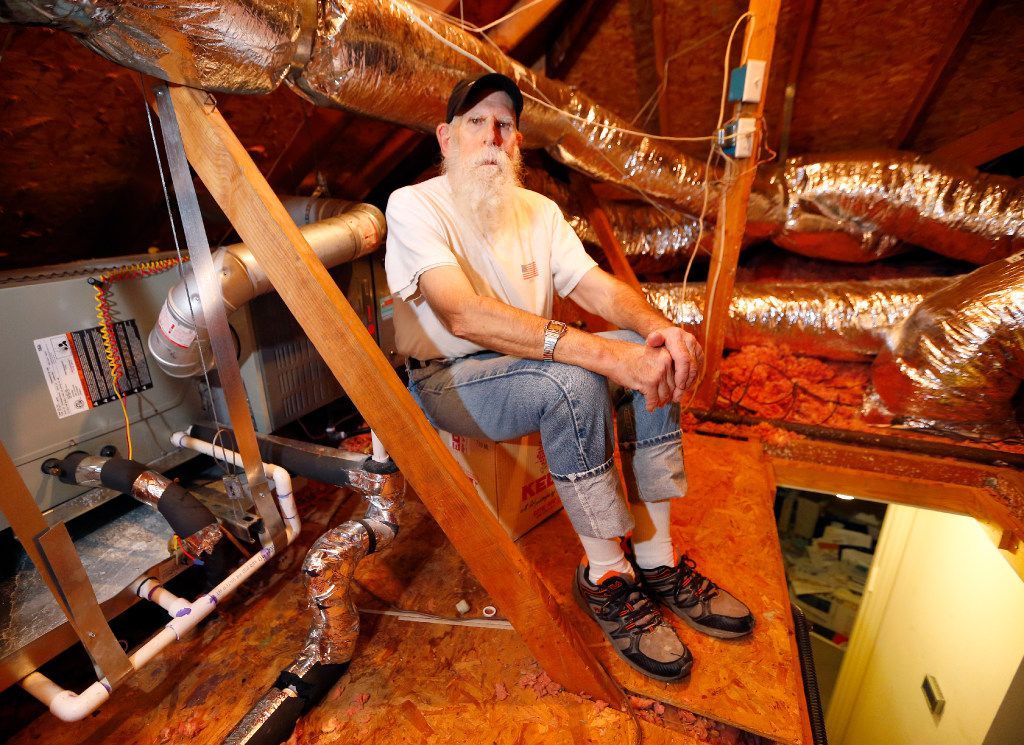

At 24/7 Local HVAC, we specialize in facilitating connections with top-tier HVAC professionals. Our focus is on bridging the gap between you and reputable HVAC companies operating within your local vicinity. It's important to emphasize that each of these HVAC entities functions independently and autonomously.
We firmly place the onus on every individual user to meticulously verify that any selected HVAC company aligns with the mandated licensing and insurance prerequisites stipulated by the governing authorities in their respective jurisdiction.
Furthermore, it's worth noting that our services may regrettably not cover all geographical areas. In instances where our services are available, the scope of offerings could potentially differ based on the composition of service providers present within that particular region.

